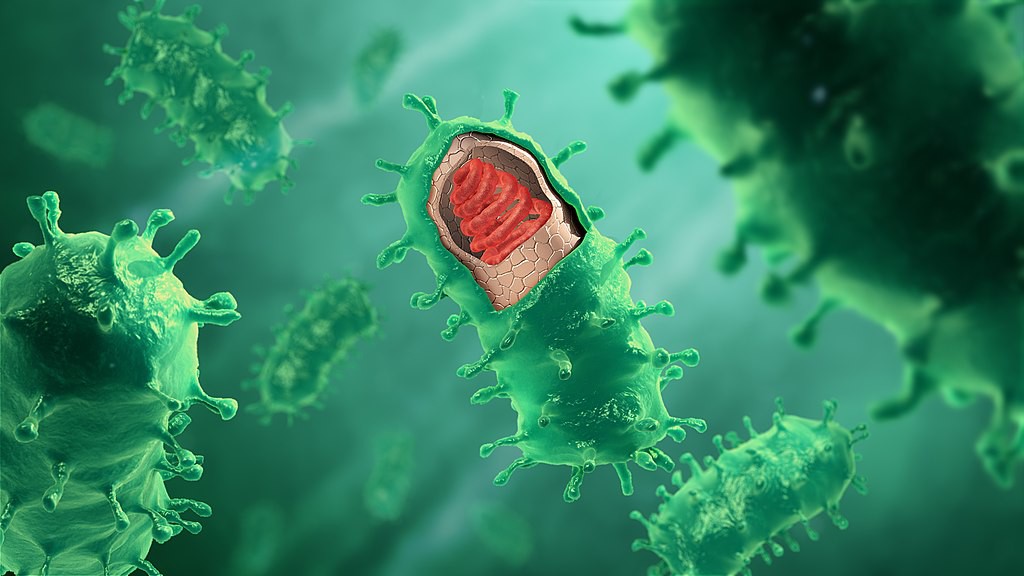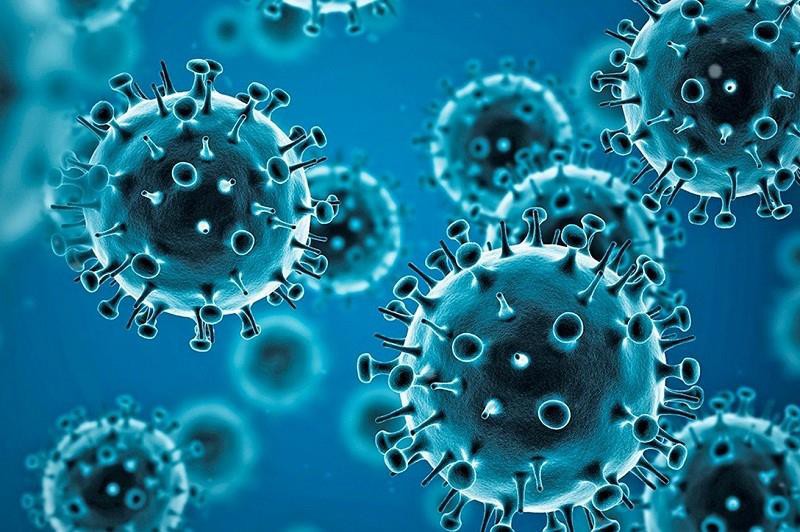
Rabies merupakan penyakit infeksius yang disebabkan oleh virus rabies dan dapat menular melalui gigitan hewan yang terinfeksi. Gigitan hewan suspek rabies menjadi masalah serius dalam bidang kesehatan masyarakat. Artikel ini bertujuan untuk membahas cara mengobati dan mencegah gigitan hewan suspek rabies, dengan memberikan informasi yang relevan dan up-to-date.
Rabies merupakan penyakit yang memiliki tingkat kematian yang tinggi pada manusia dan hewan. Virus rabies menyerang sistem saraf pusat dan dapat menyebabkan encephalitis atau radang otak. Pada tahap awal, gejala rabies pada manusia mirip dengan penyakit flu biasa, tetapi kemudian berkembang menjadi gejala yang lebih parah, seperti kejang, agitasi, dan gangguan pernapasan. Oleh karena itu, sangat penting untuk mengetahui cara mengobati dan mencegah gigitan hewan suspek rabies.
Mengobati Gigitan Hewan Suspek Rabies
Jika seseorang digigit oleh hewan yang dicurigai mengidap rabies, langkah-langkah berikut dapat diambil:
- Bersihkan luka dengan sabun dan air mengalir selama 15 menit.
- Secepatnya mencari perawatan medis profesional.
- Vaksinasi awal segera setelah gigitan, dengan menggunakan vaksin rabies dan serum imunoglobulin rabies (RIG) jika diperlukan. Prosedur ini membantu memperlambat penyebaran virus dalam tubuh dan mencegah perkembangan penyakit.
- Melakukan perawatan lanjutan sesuai dengan rekomendasi dokter, termasuk jadwal vaksinasi yang tepat untuk memastikan perlindungan yang optimal.
Pencegahan Gigitan Hewan Suspek Rabies
Pencegahan merupakan langkah terbaik dalam mengatasi masalah rabies. Beberapa langkah yang dapat diambil untuk mencegah gigitan hewan suspek rabies adalah sebagai berikut:
- Hindari kontak langsung dengan hewan liar atau tidak dikenal.
- Vaksinasi hewan peliharaan secara rutin. Vaksin rabies yang diberikan kepada hewan peliharaan adalah cara yang efektif untuk mencegah penularan virus rabies kepada manusia.
- Menghindari hewan yang terlihat sakit, agresif, atau tidak biasa dalam perilakunya.
- Melaporkan gigitan hewan kepada otoritas kesehatan setempat dan mendapatkan perawatan medis yang sesuai.
Referensi
- Kementerian Kesehatan Republik Indonesia. (2018). Pedoman Pencegahan dan Pengendalian Rabies.
- Direktorat Jenderal Peternakan dan Kesehatan Hewan. (2020). Situasi Penyakit Rabies di Indonesia
- Balai Besar Penelitian Veteriner. (2021). Panduan Penanganan Kasus Gigitan Hewan Suspek Rabies.
- World Health Organization. (2018). Rabies Fact Sheet. https://www.who.int/news-room/fact-sheets/detail/rabies
- Centers for Disease Control and Prevention. (2020). Rabies. https://www.cdc.gov/rabies/index.html
- Direktorat Jenderal Pencegahan dan Pengendalian Penyakit Kementerian Kesehatan Republik Indonesia. (2022). Petunjuk Teknis Pencegahan dan Pengendalian Rabies.
Gambar: Ilustrasi - File:Rabies virus structure.jpg - Wikimedia Commons


